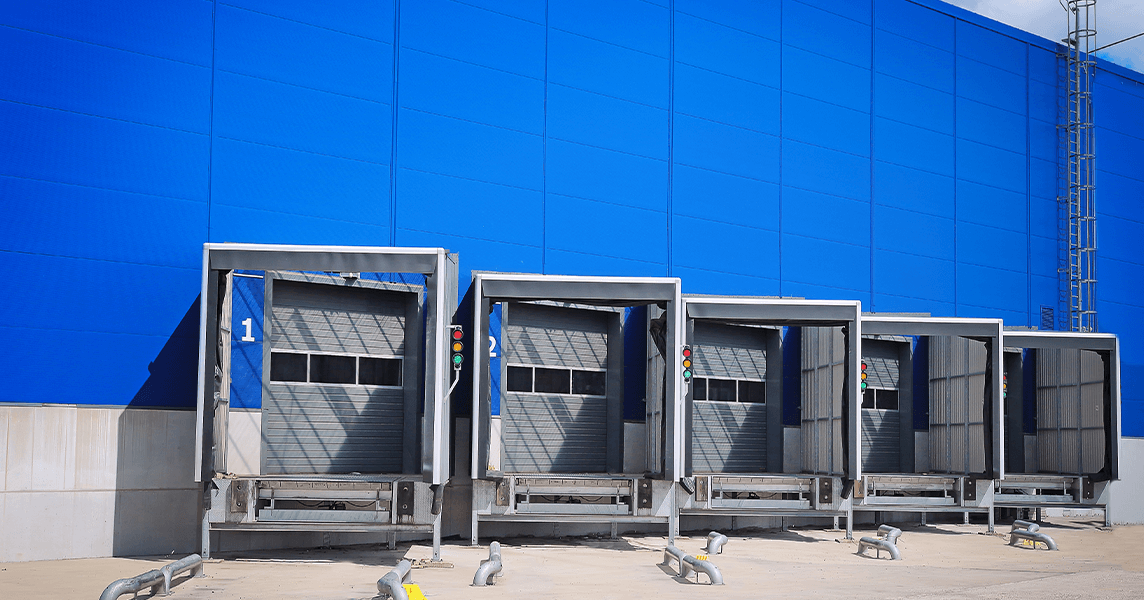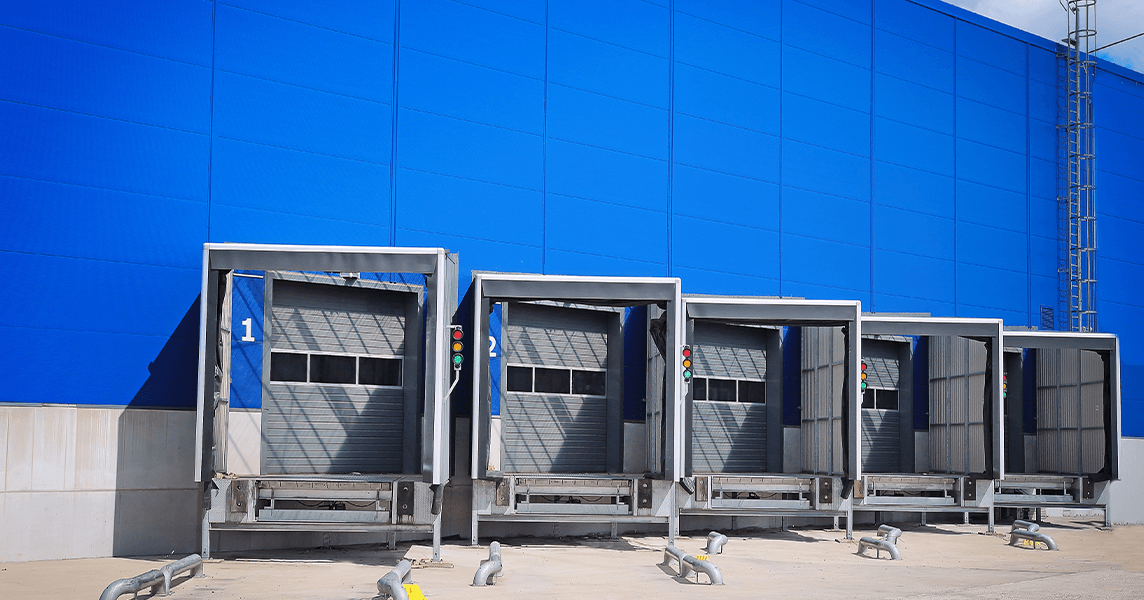
3PL cross docking allows for the fastest transfer times and minimal amounts of storage and handling. This model saves time and money by shortening the time the product is in the facility and allows for the product to get to its final destination quicker.
What Is 3PL Cross Docking?
3PL cross-docking is a supply chain model, facilitated by a 3PL. Cross-docking entails one inbound shipment being immediately or promptly offloaded onto another outbound transport. Often, as a shipment comes in for a transfer, it will be unloaded and then stored in a warehouse or 3PL facility. Where 3PL cross-docking differs, is the promptness of the unloading and reloading onto another truck. Some of the reasons for cross-docking are:
-
Providing a central site for incoming products to be sorted and combined so they can be efficiently delivered to multiple destinations.
-
Combining multiple smaller loads into one transport vehicle to save on transport costs.
-
Breaking down large loads into smaller loads for transportation to facilitate an easier delivery process to the customer.
When utilizing 3PL cross-docking, you can fast-track many of the logistics processes and create a quicker or more organized turnaround for your customers.
What Are the Benefits?
There are many benefits to using a 3PL cross-docking method. 3PL cross-docking can be a very useful process to reduce costs, time, and potential errors and shorts in inventory.
Reduced Handling
Reduced handling of your products by your 3PL is a significant benefit of 3PL cross-docking. While your 3PL should be trusted to handle and manage your inventory regularly, sometimes the extra peace of mind that your delicate products will only be moved a few times in their facility is good to have. Typically your products are unloaded, sorted, cataloged, and stored in a warehousing facility before they are re-picked to ship. However with a 3PL cross-docking method, your items are unloaded and moved to a sorting station, and then immediately loaded onto the next transport when it arrives. This cuts out significant travel within the facility and lessens the risk of accidents.
Shipping and Receiving Times
Coinciding with the reduced handling are the shortened shipping and receiving times. Since the process of unloading, sorting, moving, and storing are removed from the equation, your products are generally ready quicker with a 3PL cross-docking method.
Also, as any labor associated with storing products is reduced or eliminated, your products reach the final destination quicker. Shipping efficiency also increases as any large orders are broken down into smaller, more manageable shipments and loaded to transports going in the same direction.
Receiving inventory is also less complex as receiving cross-docked shipments only requires management for inventory being received and then shipped. Instead of scanning new inventory into a warehouse management system which is required for all new shipments with a longer stay.
Lower Storage Expenses Through 3PL
For a 3PL client, 3PL cross-docking can be an attractive and cost-effective alternative to the short-term storage of your product. With a little coordination and planning with your 3PL partner, you can effectively cut down on the amount of inventory you need to store at their facility, and instead, take advantage of cross-docking methods. This is especially useful when you need to save money, as it can be expensive to utilize a 3PLs warehousing service. Since your cross-docking inventory never stays at the 3PL facility for an extended time, you are only paying for the cross-docking and transportation service.
Who Does Cross-Docking Work Best for?
While many companies could benefit from cross-docking, there are a few specialty companies that will benefit from the quick turnaround and minimal time stuck in the warehouse.
Time Sensitive Products
If your business deals with perishable items that have a shorter shelf-life, cross-docking is an excellent solution for you. Since 3PL cross docking eliminates the need for your 3PL to store goods before being distributed to their vendor, the result is a shortened time for the product to reach its final destination, keeping it fresh.
With 3PL cross-docking, once the product is received, it can be transported via machine or conveyor belt to the outbound transportation dock almost immediately.
This reduces the chance of damage and expiration to sensitive or perishable goods.
Temperature Sensitive Products
Another prime example where 3PL cross-docking can be beneficial is with companies offering temperature-sensitive goods. Similar to time-sensitive products, cross-docking allows for temperature-specific products to be transported quickly and moved in a vehicle built specifically. 3PL cross-docking for temperature-specific goods can be beneficial when one transport vehicle needs to offload its products to another due to scheduling or the journey distance.
Conclusion
3PL cross-docking is an excellent time-saving and cost-effective solution for many companies dealing with the temperature and time-sensitive products. It can also be used effectively for products that just need to be moved quickly or if a company doesn't want to pay the storage fees at a warehouse.
Looking for a Cross-Docking Equipped 3PL Provider?
Contact us today to learn more about Birkby’s comprehensive 3PL solutions and cross-docking capabilities.




Leave a Comment